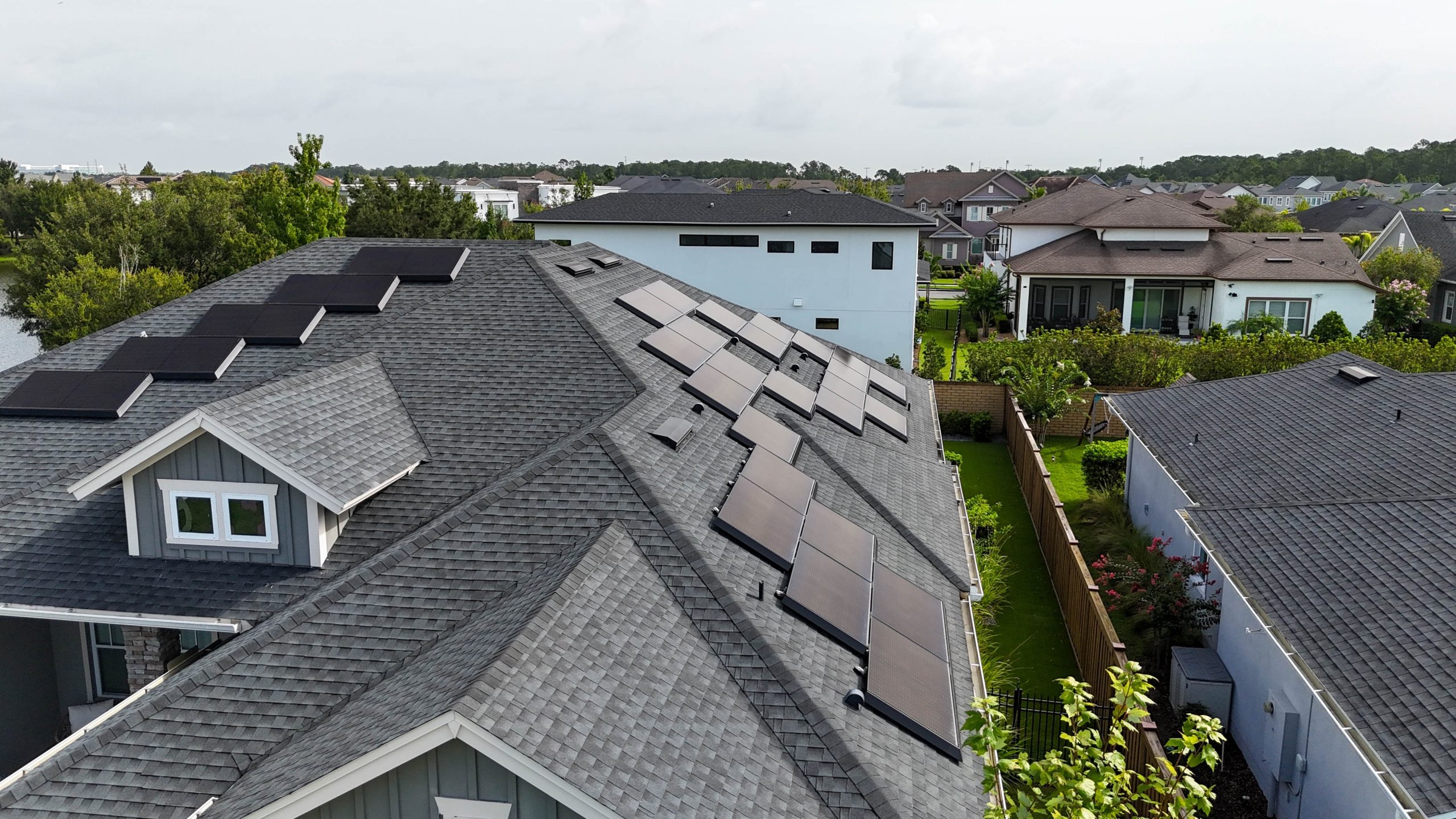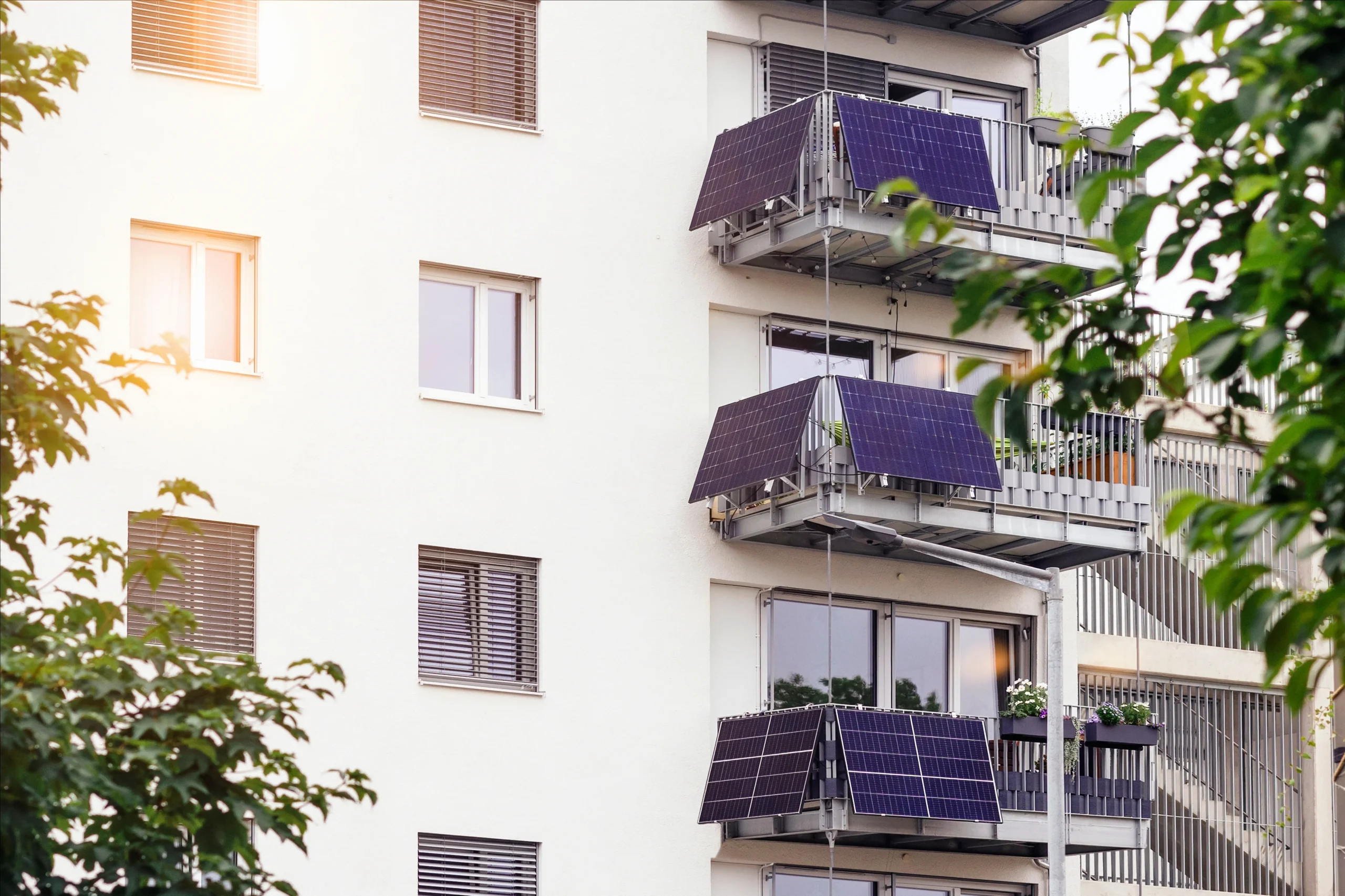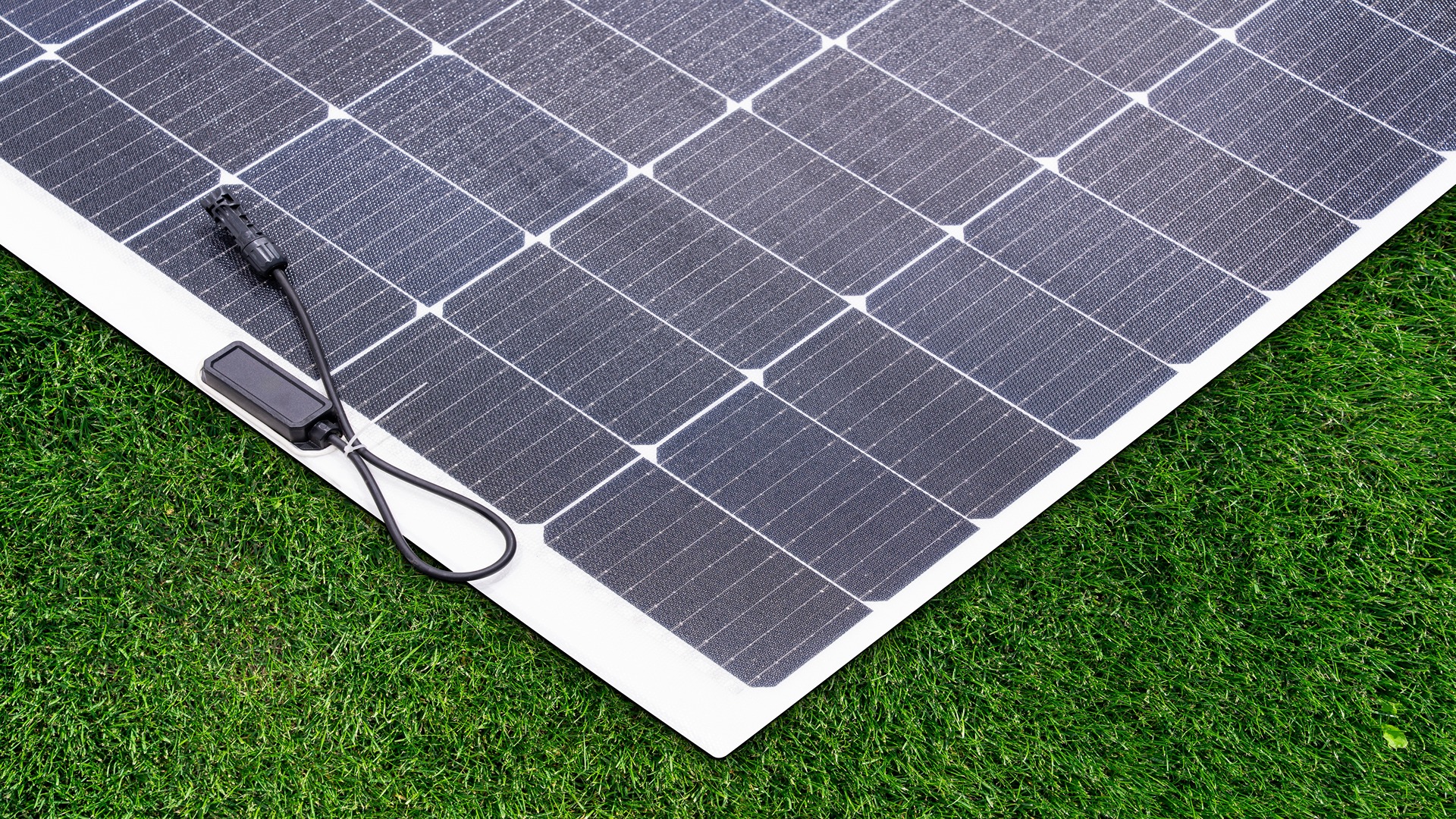Top 5 Solar Solutions for Tenants: Solar Rentals & Other Options
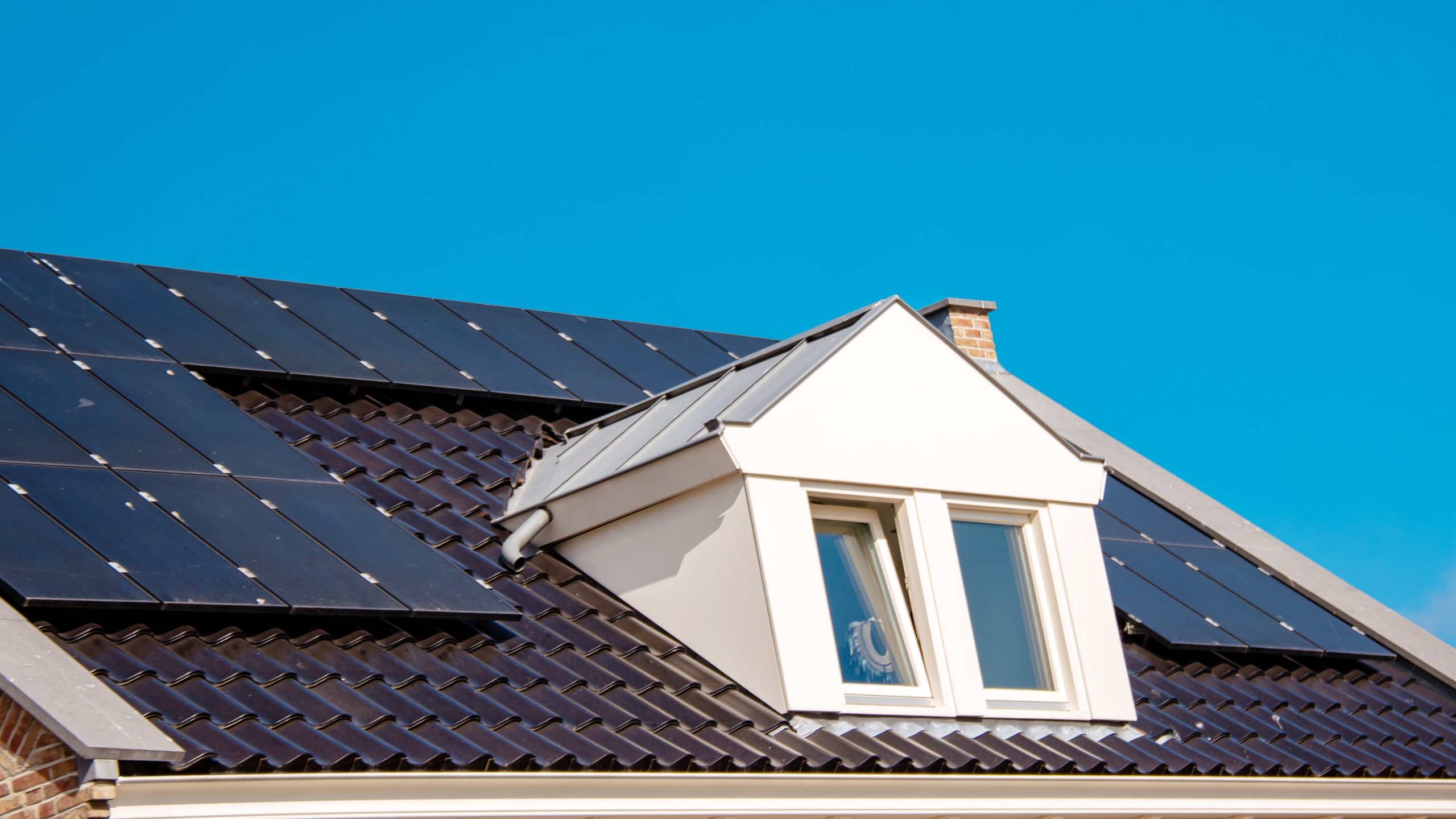
For most renters in the U.S., going solar can feel impossible. It’s not your roof. Your landlord isn’t exactly eager to invest in something they won’t directly benefit from. And even if you’re the hands-on, DIY type, wiring limits and safety codes can get in your way.
This article will explain why clean energy isn’t off-limits just because you rent. Whether you’re exploring solar panels for apartments or looking into solar rentals, there are still smart ways to shrink your carbon footprint without crossing legal (or landlord) lines.
Explore affordable solar panels for rental property and make the switch now. Get your free solar quote right away!
1. Solar Rentals (or Solar Panel Rental Agreements)
First up: solar panel rental. One of the easiest ways for renters to go solar — especially in single-family homes or townhouses.
A provider installs solar panels on your rental property, and you pay a monthly fee to use the energy, like leasing clean power.
This setup only works if your landlord agrees, since it involves installing panels on the property. It is best for homes with private roof or yard access, but not ideal for large apartment buildings.
| Pros of Solar Rentals | Cons of Solar Rentals |
| Lower cost to start compared to buying your own system | You need your landlord’s approval |
| No need to worry about repairs or maintenance | Only works if your solar rentals have a roof or open space |
| Can be bought out or removed when the lease ends | Not suitable for most apartment buildings |
| Might save money if the solar rentals fee is cheaper than your electric bill | Still a contract — it’s a commitment |
| An easy way to use solar without needing to know the technical stuff | It might lead to rent going up if the system increases property value |
Speaking of landlord approval, here’s how you can shape your “persuasion pitch”…
2. Convincing the Landlord to Install Solar Panels
Now, to help you better structure your solar pitch, ensure it clearly shows what’s in it for them. Your landlord needs to see how this investment benefits them, not just you.
Expect a tricky conversation, but once they’re on board, the rest becomes so much easier.
Here’s what you can highlight:
- They can claim a 30% federal tax credit, plus local rebates, making solar panels for apartments more affordable upfront.
- If they cover utilities, it cuts their costs. If not, they can raise rent slightly while offering you savings.
- Solar boosts property value — homes with solar sell for about 4% more.
- It attracts eco-conscious renters and helps the property stand out from the crowd.
- Lower bills = happier tenants who stay longer.
- They’ll build a greener reputation and get more referrals.
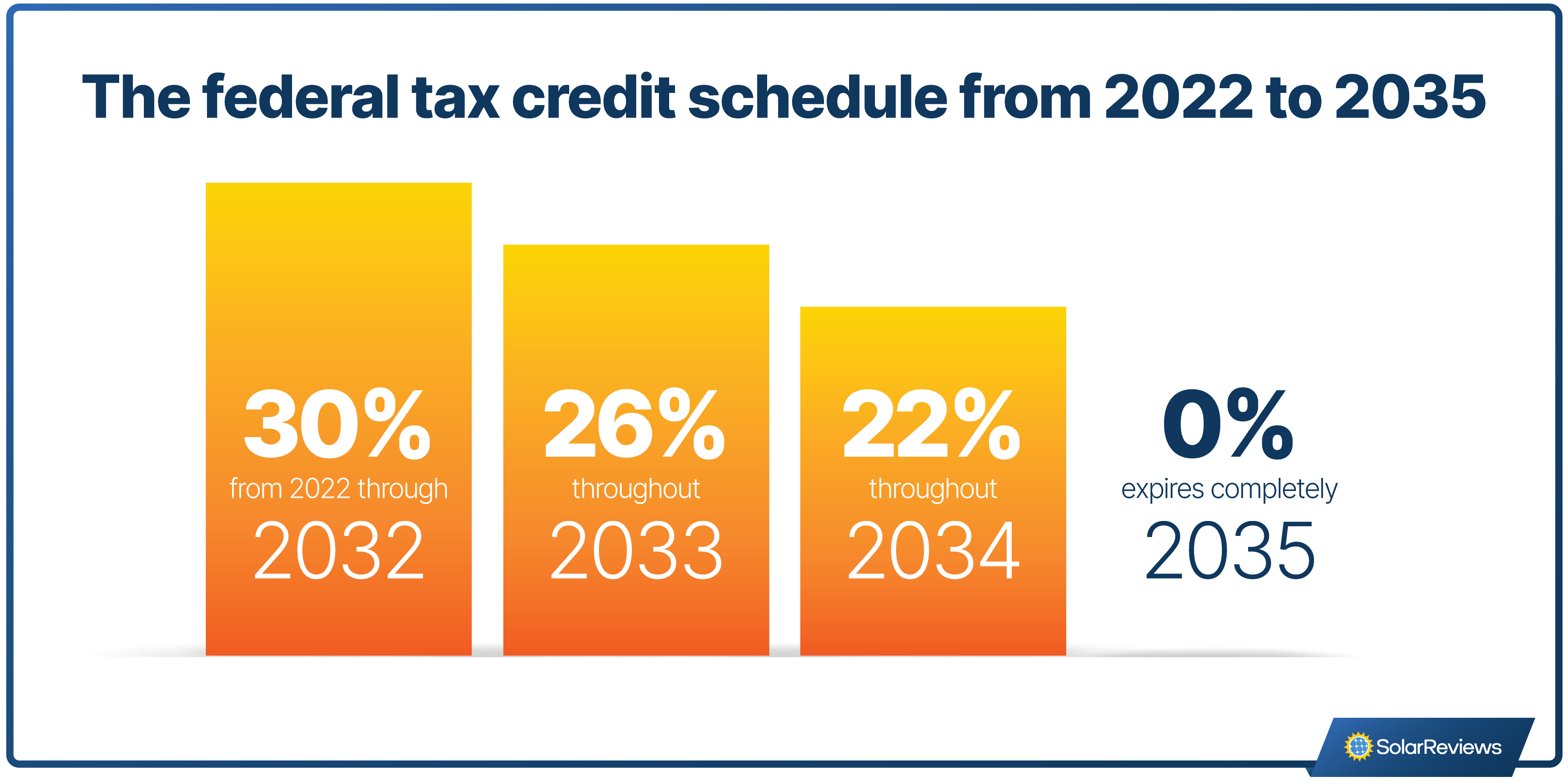
Source: SolarReviews
But if you still can’t get them on board, one of these next three options might be your better fit.
3. Portable Solar Panels
If you move often and want clean energy that goes where you go, this is your best bet.
Plug-and-play portable solar panels and generators are both renter- and landlord-friendly. They’re one of the most recommended solar options for apartment dwellers online — and for good reason.
But here’s the trade-off: portable solar panels for renters aren’t just as powerful or reliable as full-scale systems. They’re great for charging phones, laptops, grow lamps, or floor lamps — but not practical for powering large appliances like air conditioners or EVs. The power needs are simply too high.
Where you can use them:
- Balconies or windowsills
- Patios or decks
- Indoors with strong sunlight
- Camping or RV setups
If you’re looking for solar panels for apartments and can’t make structural changes, this option is a suitable solution.
Is it worth it? If your energy needs are small, yes. They’re flexible, portable, and renter-friendly. But for cutting electric bills? Not so much. The savings often don’t justify the cost, especially in low-light setups.
| Pros | Cons |
| No landlord approval needed | Not powerful enough for large appliances |
| Works indoors or outdoors with sunlight | Poor return on investment (ROI) |
| Easy to move — great for frequent movers | Less efficient indoors or behind glass |
| Good for learning, backup power, or light daily use | DIY wiring can be risky if done wrong |
| Some systems plug into outlets and may qualify for tax credits | Need full sun and weather protection to perform well |
4. Community Solar (Shared Solar)
If you live in Illinois or one of the other 40 states that offer community solar, lucky you. This is one of the best solar options for apartment renters.
Community solar lets you subscribe to a share of an off-site solar farm and earn credits on your electricity bill to lower costs.
Savings vary, ranging from about 5 to 15%, or even up to 25% in some areas, but typically around 10% nationally, according to the Department of Energy. You still pay transmission fees, but at least you don’t have to install anything yourself.
The best part? No upfront costs, no landlord approval, and no installation — ideal for apartment and multi-family renters.
Most plans let you transfer your subscription if you move within the same utility area, so your solar benefits move with you.
| Pros | Cons |
| No installation necessary | Savings are variable; some achieve only a 5-10% reduction |
| On average, 10% annual savings on power bills | Keep paying utility transmission and fees |
| Supports green energy, lowering your carbon footprint | Some providers are for-profit — so do your research |
| Some programs offer savings of up to 20% | Might require a contract agreement |
| Transferable if you move within the same utility | Not available everywhere yet |
As of 2024, more than 7.8 gigawatts of community solar have been installed throughout the United States, making clean power more accessible to hundreds of thousands of renters.
5. Utility Green Power Programs
And lastly, green power programs. Among the five ways, this is the easiest way to support clean energy. So, if you’re here for the clean power cause but don’t want all the hassle that comes with it, then this option could be for you.
All you have to do is enroll in your utility’s green power program. Then, some or all of your power is generated by renewables (like solar or wind).
This option exempts you from any equipment or installation issues; you simply need to sign up. If you’re interested, ComEd Green Power supports this in Illinois.
| Pros | Cons |
| Maintenance-free and no installation | Can be pricier since it includes a “green rate” premium |
| Ideal for apartments or limited spaces | Doesn’t offer direct solar power — only balanced with credits |
| Easy sign-up, usually through your utility bill account | Very little impact on your power bill |
| Low commitment — opt out anytime | Savings are neither guaranteed nor evident |
| Advocates for the clean energy cause | Limited transparency on energy sources |
Is Solar for Renters Worth It?
Absolutely. Clean energy is no longer just for homeowners. With solar panels for rent, portable solar for renters, and community solar, you have real and varied choices to be green, without even requiring roof ownership.
Ready to explore your best rental solar systems options? Don’t waste another second — get your free solar quote right away!
FAQ
If my landlord restricts the installation of rental solar panels, what should I do?
For tenants who cannot set up solar on a rental property, there are three primary options: Community Solar: Sign up for a shared solar farm and get credits on your electricity bill, saving around 10% on average, and up to 20% in some cases. No landlord permission or installation needed, and you can take it with you if you move within the same utility area. Green Power Programs: Support green initiatives by opting into your utility’s green plan. It requires no setup, but you'll pay a small premium without seeing a bill reduction. A simple way to back clean energy. Portable Solar Panels: These plug-and-play units are designed to work on patios, balconies, or indoors. While easy to use and landlord-friendly, they only power small devices and won’t significantly cut your electricity costs.
With community solar, how much can I save?
Although savings vary, you should generally anticipate a 10% decrease in your yearly power bill. Up to 20% can also be saved with certain programs for excluded or low-income communities. Savings, however, could be as low as 5% in some places. For people who want solar on rental property without the hassle of installation, this is a popular choice.
Does connecting solar to the grid at my rental require permits or permission from the landlord?
Yes! Installing solar energy for apartments or rental properties connected to the grid typically requires inspections, permits, and landlord approval. In addition to being likely illegal, do-it-yourself grid connections can be dangerous because they pose electrical or fire risks. The safest option for solar panel rentals on homes or apartments is professional installation.

